|
This past year will be one that many people won’t forget — and not just because of COVID-19. For British Columbia in particular, the weather was destructive and deadly. It sweated under the heat dome in late June. The community of Lytton, B.C., scored record-high temperatures for three days in a row before finally soaring to 49.6 C. Hours later, the town was on fire and burned to the ground.
For decades, scientists have been hesitant to attribute particular weather events to climate change. But that’s no longer the case: an analysis found that the heat wave that settled over the Pacific northwestern areas of Canada and the United States was virtually impossible without the catalyst of human-caused climate change. For many Canadians, 2021 will be the year they felt the effects of climate change first hand.
Needless to say, the Environment + Energy desk was a busy one this year.
Against the backdrop of climate change reports, we continued our international series on the global ocean, working with editors and authors around the world to publish nearly 60 articles on sea level rise, plastic pollution, seabirds and just about everything else you could imagine. One of the most popular stories in that series was about the discovery that ocean dead zones are spewing larger amounts of nitrous oxide, a
potent greenhouse gas. Another explained the ways climate-driven ocean changes can affect human health.
That series put us on good footing to cover the COP26 climate conference in Glasgow in November. Canadian authors wrote about some of the regional impacts of climate change, including the melting and thinning of glaciers along the western edge of North America and the warming of the Great Lakes region. We also covered the meeting itself, including how the world will measure progress on the Paris Agreement, the ways to fund climate adaptation and the deforestation deal that was struck at the summit.
During the federal election, the environment took centre stage. Even if the composition of Parliament ended up very much the same as it was before, we heard an impressive array of climate commitments from the Liberal Party. According to all the experts I’ve talked with this year, 2022 should be an especially interesting year for climate policy.
As you take a break from everything else going on in the world, here are 10 great stories from the Environment + Energy section in 2021 to read — or re-read.
|
Year in Review: Environment + Energy
|
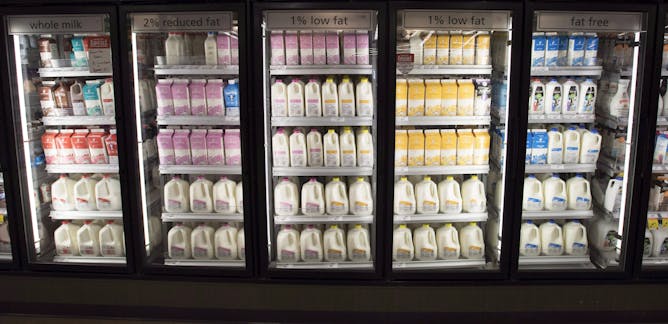
Mary Anne White, Dalhousie University
In Canada, milk is available in jugs, cartons, bags and glass bottles. A new analysis reveals which type of container has the smallest environmental footprint — from container production to disposal.
| |
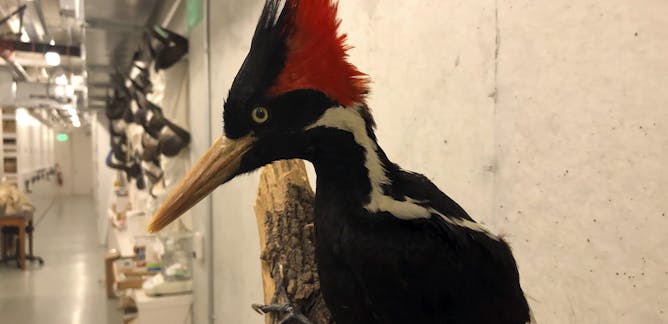
Hannah Hunter, Queen's University, Ontario
It’s been 80 years since the last undisputed sighting of the striking black-and-white bird. The U.S. government believes the ivory-billed woodpecker is extinct — but many will keep searching for it.
|

Nicola S. Smith, Simon Fraser University
The lionfish has few natural predators, and its venomous spines deter potential predators. But there may still be ways to naturally control the growth of this invader’s population.
| |
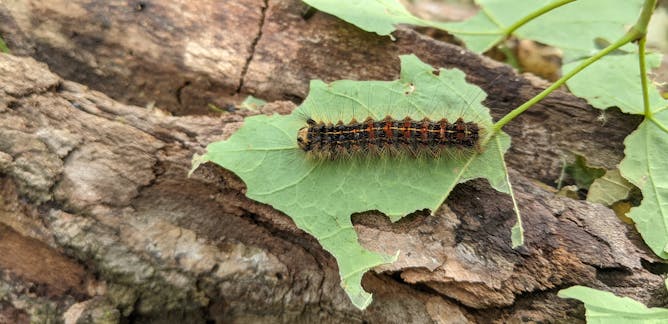
Chris JK MacQuarrie, University of Toronto
The caterpillar, Lymantria dispar, has eaten through 17,000 square kilometres of trees since the 1980s. The invasive insect was imported in the 1880s to launch a North American silk industry.
|
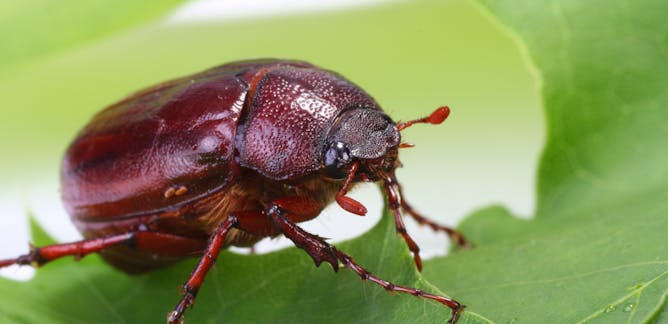
Paul Manning, Dalhousie University
There is much more to these chunky beetles of early summer than what first meets the eye.
| |
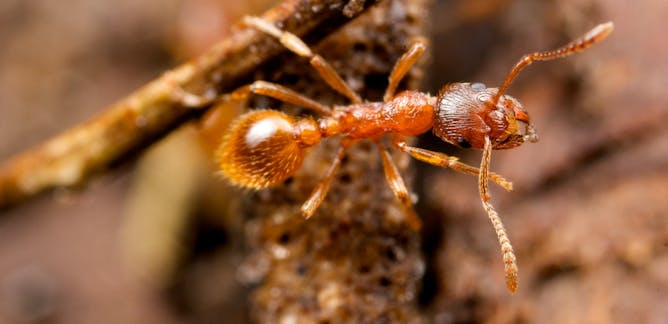
Megan Frederickson, University of Toronto
Animals that are traded as pets are more likely to be invasive species, including a relatively new pet: ants.
|
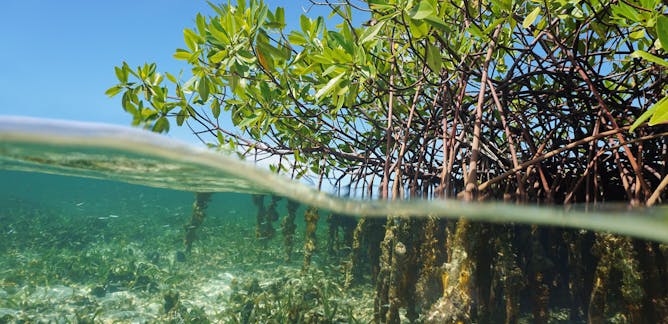
Brett Jameson, University of Victoria
Nitrous oxide is a potent greenhouse gas, 300 times more powerful than carbon dioxide. Global emissions of N2O are on the rise as a result of human activities — and their impact on ocean ecosystems.
| |
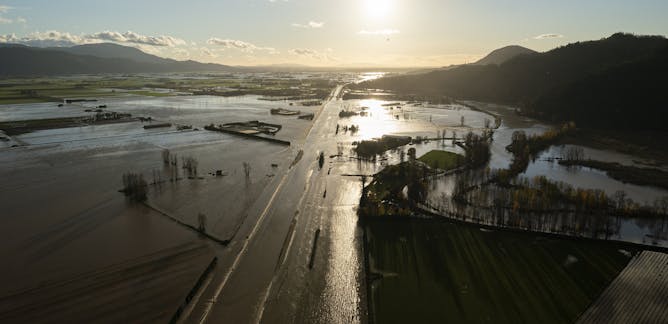
John J Clague, Simon Fraser University
An atmospheric river is a band of warm, moisture-laden air many hundreds of kilometres long and hundreds of kilometres wide. It can dump prodigious amounts of rain over a large area.
|
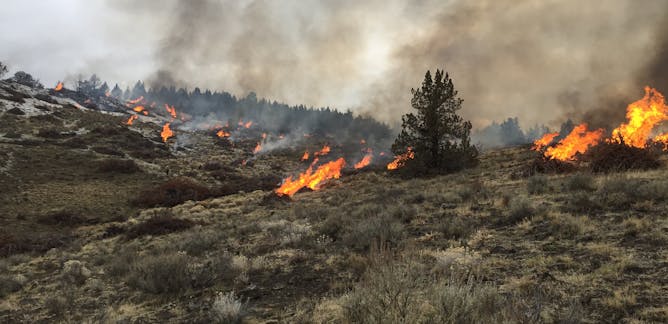
Sara Wickham, University of Waterloo; Andrew Trant, University of Waterloo; Emma Davis, University of Waterloo; Kira Hoffman, University of British Columbia
Large and out-of-control wildfires can seriously damage ecosystems, but Indigenous fire practices can keep ecosystems healthy and resilient, and even increase biodiversity.
| |
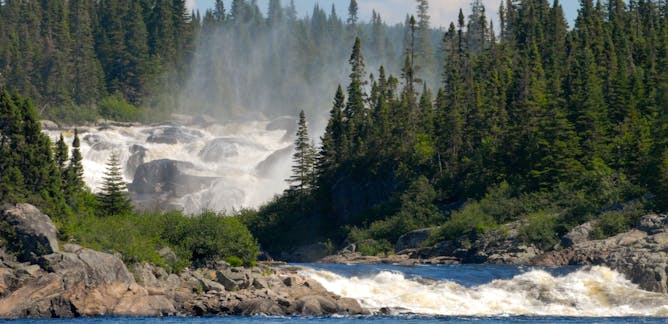
Justine Townsend, University of Guelph; Alexis Bunten; Catherine Iorns, Te Herenga Waka — Victoria University of Wellington; Lindsay Borrows, University of Alberta
A recent declaration of a river as a legal person in Canada recognizes Indigenous laws and governance, and champions people as the guardians of nature.
|
|
|